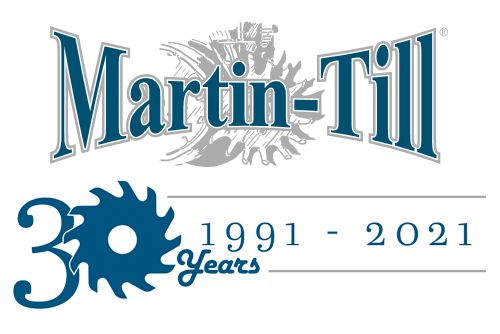It’s no secret that agriculture plays a role in greenhouse gas emissions. Scientists estimate that historically ⅓ to ½ of greenhouse gases in the atmosphere came from land use change and agriculture, according to Johannes Lehmann, professor at Cornell University. At present, agriculture contributes to 10-20% of annual greenhouse gas emissions.
No-till, referred to as conservation agriculture outside of the U.S., is an adaptive and effective tool to help combat climate change. To get farmers on board with changing their practices, some governments and other organizations are using carbon markets as incentives.
Ruth De Fries, professor at Columbia University, says the effectiveness of carbon programs relies on good information, which is becoming more available with satellites. Over the last several decades, carbon markets focused on keeping carbon in forests relied on satellite data to show where forests have been cleared. Satellites have been getting better at estimating the amount of biomass in a particular area, allowing more accurate and widespread monitoring of soil conditions.
But increasing adoption of no-tillage worldwide requires more than just science-based evidence from researchers. It also needs a shift in mindset and greater understanding of local conditions and obstacles to be effective. Howard G. Buffett, a no-tiller and philanthropist, isn’t optimistic about carbon programs being the motivator for farmers to change their ways.
“The concept is completely right, but if it’s not market driven, it’s not going to last,” Buffett says.
Carbon market efforts so far have been small-scale, Buffett says, but what’s needed is a government mandate to make the concept work and financially worth it for farmers in the U.S.
However, for the 90% of smallholder farmers of the world, it’s not so simple. Small farmers in developing countries are often more worried about whether their yields will feed their families for the year or provide enough profit to send kids to school.
“When you’re talking about farmers in Africa, when companies come in and try to push things that farmers or the systems aren’t ready for, they’ll cause damage,” Buffett says.
Lehmann notes that the Green Revolution, which greatly increased crop production through pesticide use, fertilizer use and better technology, largely bypassed Africa. It was a one-size-fits-all solution that didn’t work with the continent’s local soil, crop and socioeconomic conditions. He says it resulted in failed promises to African countries and serves as a lesson for what needs to happen in the coming years.
“The next step is an information revolution that brings the right technology to the farmer at his or her location,” Lehmann says.
No-till and other minimum-tillage systems are proven to work in a variety of geographies — from a farm with an acre or two in Nigeria to a farm with thousands of acres in Brazil. Farmers will have to make some management decisions based on their specific situations, but no-till will work, Buffett says.
As scientists, farmers and the public discuss how to combat climate change, Lehmann says the question becomes what agricultural investments will provide a sustainable path into the future.
“In developing countries that make a lot of the investments in agricultural technology and agricultural systems, now this becomes a pertinent question, especially in Sub-Saharan Africa where mechanization of agriculture is increasing,” Lehmann says. “Taking these right decisions toward climate-smart and adapted, sustainable practices for the future is very important.”
Watch the complete discussion here.
Related Content:
Howard G. Buffett, No-Tiller & Philanthropist, Shares Role of No-Till in Feeding the World: At the time of his presentation to the 2010 National No-Tillage Conference in Des Moines, Iowa, Howard G. Buffett (son of billionaire investor Warren Buffett) had been no-tilling since 1992 on 16,000 acres in Illinois and Nebraska as well as another 6,000-plus acres in South Africa.
Worldwide No-Till Acres Increase 93% in 10 Years: The number of no-till acres worldwide has increased by 93% in 10 years, bringing the total number to 507.6 million acres.
25 Critical Questions to Ask Before Signing a Carbon Contract: With many unknowns and uncertainties in the carbon markets, make sure you fully understand every aspect of a proposed contract.
The No-Till Passport series is brought to you by Martin Industries.
Since 1991, Martin Industries has designed, manufactured and sold leading agriculture equipment across the U.S. and Canada. Known for Martin-Till planter attachments, the company has expanded to include a five-step planting system, closing wheel systems, twisted drag chains, fertilizer openers and more in their lineup. Their durable and reliable planter attachments are making it possible for more and more farmers to plant into higher levels of residue.









Post a comment
Report Abusive Comment